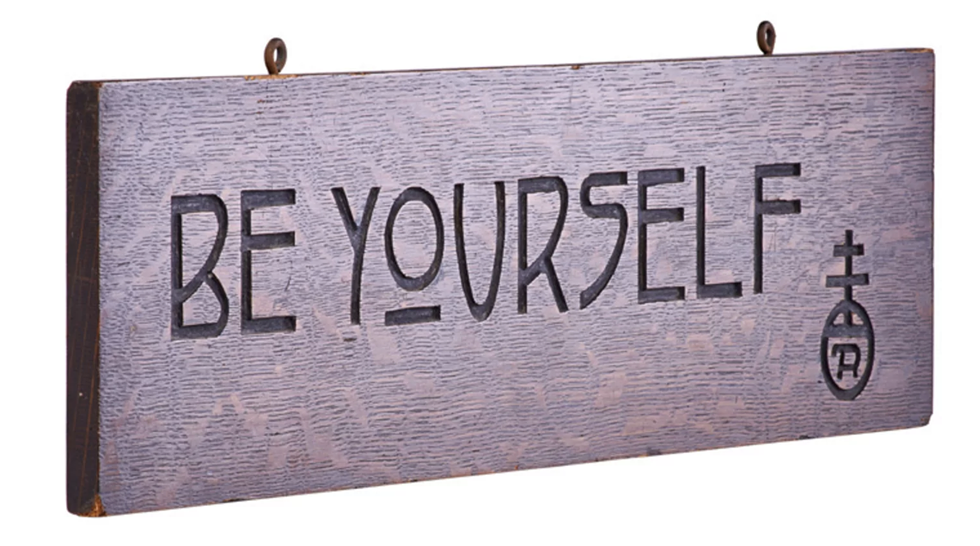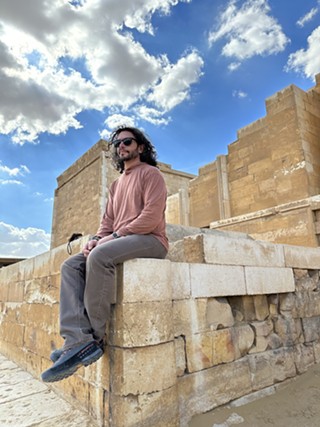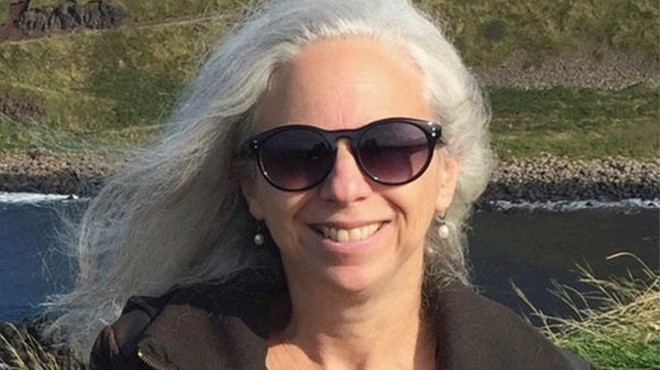What is a human being for?
When I was young the question was a personal inquiry. Who am I? And what is my purpose? But as I grew older, and particularly after having children, the question became more general.
One formula that struck me as a teenager is a line in Lao Tzu's 4th century BCE treatise Tao Te Ching. The 1940s translation I read is by Witter Bynner, the gay, Brooklynite poet whose rendition is considered questionable by some scholars. He was a master of pith as exemplified in his version of the title, The Way of Life, when a more accurate gloss is A Treatise on the Principle and Its Action, or some such. Nevertheless, his rendering, which I found instructive, appears in the final line of stanza 47:
There is no need to run outside
For better seeing,
Nor to peer from a window. Rather abide
At the center of your being;
For the more you leave it, the less you learn.
Search your heart and see
If he is wise who takes each turn:
The way to do is to be.
The meaning of this line has morphed as I've looked through its lens in many stages of life. It sets up a trichotomy. The way. Doing. Being. The way is a reconciliation of the latter two. But the third term is surprising because we don't ordinarily think of being as a means of accomplishing anything, let alone the capacity to do.
A practical meaning of the expression came home to me when my children started expressing themselves in words and concepts. Their bodies and minds were still quite malleable but they had begun to articulate meaning. This is when they became interesting to adults who asked questions like "What are you going to be when you grow up?"
This gave the children something to think about. They started perusing the catalog of possibilities for what "to be" in the sense of vocations or specializations—a doctor, a farmer, an astronaut, the president...
Remembering Witter Bynner's translated line of the Tao Te Ching, I told them "When someone asks you what you are going to be, tell them 'I am going to be myself.' That's all, because, what you are and what you do are very different things."
They found my advice strange and obtuse but they tried giving that answer when people asked, at least once. They noticed that the response their answer elicited was awkwardness and bemusement and they were embarrassed, and they became a bit wary of taking my advice. Nevertheless, I think the message sunk in.
Now the children are almost fully crystallized, on the cusp of 20 years, which is to say, almost no longer children. There is the question of what they will study and what they will do. These children still have their being intact, and now, perhaps, the emphasis will naturally shift to doing.
I quote them the advice Gurdjieff's grandmother gave him on her deathbed: "Eldest of my grandsons! Listen and always remember my strict injunction to you: In life never do as others do. Either do nothing—just go to school—or do something nobody else does."
Another formulation relating to the question of what a human being is for came as an impression on visiting the campus of the Roycrofters in East Aurora, New York, now a museum. The community's visionary founder, Elbert Hubbard went down with the RMS Lusitania, among the first American casualties of World War I. A sign is carved into the lintel above the entrance to the main workshop in a beautiful script together with a sigil that was evidently the emblem of the community. It reads simply "Head. Heart. Hand."
The Roycrofters were craftspeople. They were bookbinders, leathersmiths and metalsmiths, furniture makers. They saw their work as a way of fulfilling the unique human function of bringing their entire tripartite being to bear in such a way that they created something within themselves in tandem with creating beautiful objects.
Hubbard was the author of an inspirational pamphlet, which has been on my mind because only today I exacted a promise from one almost-no-longer child to read it, A Message for Garcia. It is about having an intention so strong and unwavering that its fulfillment is inevitable.
Hubbard's approach brought together the eastern emphasis on being with the American Protestant drive to produce. In this, I think, is a clue. Being and doing can progress together, not for some abstract future result, but here and now in an act of self-creation and service.
I conclude with this quote from Elbert Hubbard's scrapbook, another clue, which is, incidentally, identical to the motto of the ancient Zoroastrian religion.
Try these:
A kind thought.
A kind word.
A kind deed.













